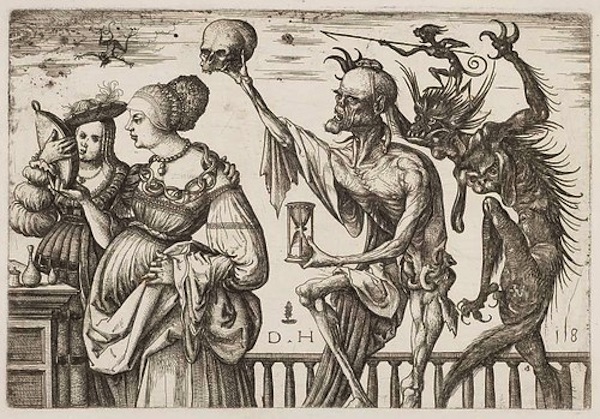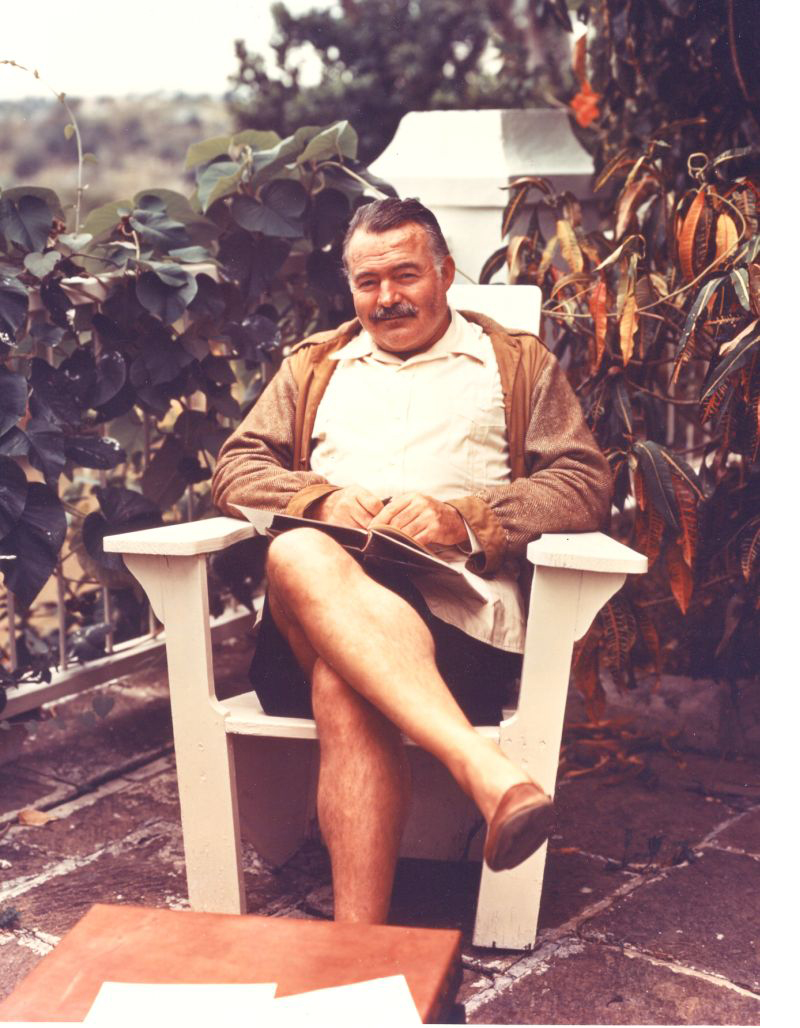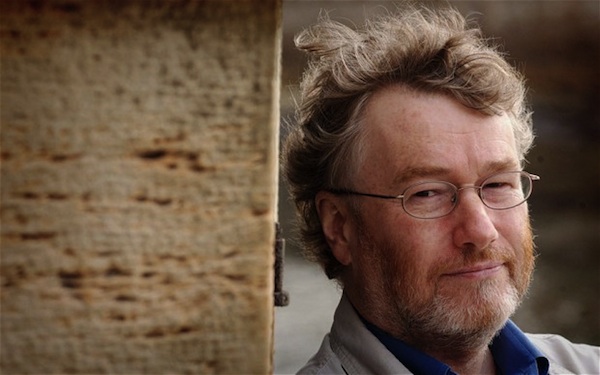Twenty years have Watch Genie in a String Bikini (2006)passed since Diana, Princess of Wales, was tragically killed in a car accident in Paris, France.
SEE ALSO: London street artist paints heartwarming tribute to Princess DianaDuring her lifetime, the Princess dedicated much of her time to helping those less fortunate, drawing global attention to causes close to her heart in order to raise awareness and enact change.
Through media coverage of her work, she helped to start conversations and change attitudes towards conditions like HIV/AIDS and leprosy.
During the mid-1980s, a global lack of conversation about HIV/AIDS was causing a lack of understanding of the condition, and reinforcing existing stigma and prejudice towards gay men. Many world leaders shied away from talking about the HIV epidemic as tens of thousands of people lay dying.
In April 1987—when many people didn't understand that HIV couldn't be contracted through skin-on-skin contact—Princess Diana shook the hand of a patient living with the condition in front of the world's media.
 Original image has been replaced. Credit: Mashable
Original image has been replaced. Credit: Mashable That day, Princess Diana opened the UK's first purpose-built HIV/Aids unit, which exclusively cared for patients with the condition at London Middlesex Hospital.
She visited hospitals at home and abroad and was photographed holding hands and talking with patients. Activists believe these small acts helped change attitudes towards HIV/AIDS and a crucial point in history.
 Diana, Princess of Wales sits with one of the residents of Casey House, an AIDS hospice in Toronto, Canada. Credit: Tim Graham/Getty Images
Diana, Princess of Wales sits with one of the residents of Casey House, an AIDS hospice in Toronto, Canada. Credit: Tim Graham/Getty Images Diana helped raise global awareness of the impact of landmines by visiting those living with life-changing injuries sustained as a result of the devices.
On 15 Jan. 1997—the year that Princess Diana died—she walked through an active minefield in Angola and detonated a mine in front of a crowd of reporters with the assistance of a land mine expert.
 Diana, Princess of Wales, wears body armour during a visit to a landmine on January, 1997 in Angola. Credit: Anwar Hussein Collection/Getty Images
Diana, Princess of Wales, wears body armour during a visit to a landmine on January, 1997 in Angola. Credit: Anwar Hussein Collection/Getty Images After three decades of civil war in the African country, Angola's countryside was littered with millions of landmines which were indiscriminately killing and harming civilians.
 Princess Diana visits people living with injuries sustained as a result of landmines. Credit: Tim Graham/Getty Images
Princess Diana visits people living with injuries sustained as a result of landmines. Credit: Tim Graham/Getty Images At the time of Diana's visit to Angola, 71 countries around the world had landmines. While there, Diana championed the Ottawa Treaty, the aim of which was to eliminate anti-personnel landmines around the world. To date, there are 162 member states committed to the treaty.
 Diana, Princess Of Wales, with children injured by mines at Neves Bendinha Orthopaedic Workshop in Luanda, Angola. Credit: Tim Graham/Getty Images
Diana, Princess Of Wales, with children injured by mines at Neves Bendinha Orthopaedic Workshop in Luanda, Angola. Credit: Tim Graham/Getty Images In the late 1980s, Princess Diana helped dispel one of the myths surrounding leprosy—that it can be contracted by touch. Activists say Diana made "huge strides" in tackling the stigma surrounding leprosy by touching those affected by the condition.
 Princess Diana playing a game of chess with children while visiting the Sitanala Leprosy Hospital. Credit: Tim Graham/Getty Images
Princess Diana playing a game of chess with children while visiting the Sitanala Leprosy Hospital. Credit: Tim Graham/Getty Images In November 1989, Princess Diana visited Sitanala Leprosy Hospital in Jakarta, Indonesia, against the advice of officials. She sat on the beds of patients, shook hands with them and touched their bandaged wounds to draw attention to the myth surrounding the condition.
 Diana, Princess of Wales shakes hands with a leprosy patient at a leprosy hospital in Jakarta on November 05, 1989 Credit: Anwar Hussein/Getty Images
Diana, Princess of Wales shakes hands with a leprosy patient at a leprosy hospital in Jakarta on November 05, 1989 Credit: Anwar Hussein/Getty Images Princess Diana drew attention to causes at home and abroad, and became renowned for her hands-on approach with those affected by war and illness.
In July 1993, Princess Diana helped serve food at the Nemazura feeding centre, a Red Cross project for refugees in Zimbabwe.
 Princess Diana feeds refugees in Zimbabwe. Credit: Jayne Fincher/Getty Images)
Princess Diana feeds refugees in Zimbabwe. Credit: Jayne Fincher/Getty Images)  Princess Diana at the Nemazura feeding centre. Credit: Jayne Fincher/Getty Images
Princess Diana at the Nemazura feeding centre. Credit: Jayne Fincher/Getty Images In 1996, Princess Diana was photographed in tears as she cradled a sick child during a visit to Imran Khan's cancer hospital in Lahore, Pakistan.
 Original image has been replaced. Credit: Mashable
Original image has been replaced. Credit: Mashable In 1992, Princess Diana visited Mother Theresa's Hospice in Calcutta, India, and tended to dying patients.
 The Princess of Wales helping a patient at Mother Theresa's hospice in Calcutta, India, 15th February 1992. Credit: Jayne Fincher/Getty Images
The Princess of Wales helping a patient at Mother Theresa's hospice in Calcutta, India, 15th February 1992. Credit: Jayne Fincher/Getty Images  The Princess of Wales with a patient at Mother Theresa's hospice in Calcutta, India. Credit: Jayne Fincher/Getty Images
The Princess of Wales with a patient at Mother Theresa's hospice in Calcutta, India. Credit: Jayne Fincher/Getty Images Twenty years on from her death, Princess Diana's legacy of kindness and humanity lives on through the work of her sons William and Harry, who continue to champion some of the causes dear to their mother's heart.
Topics Activism Social Good Celebrities
(Editor: {typename type="name"/})
 Tom Hanks: Typewriter Fetishist
Tom Hanks: Typewriter Fetishist
 Happy Birthday, Adrienne Rich by Sadie Stein
Happy Birthday, Adrienne Rich by Sadie Stein
 A Reading Rainbow, and Other News by Sadie Stein
A Reading Rainbow, and Other News by Sadie Stein
 Russia and India race for first landing at lunar south pole
Russia and India race for first landing at lunar south pole
 Right to Burn
Right to Burn
 Your Sorry Ass
...[Details]
Your Sorry Ass
...[Details]
Celestial Homework, and Other News by Sadie Stein
 Celestial Homework, and Other NewsBy Sadie SteinMay 22, 2013On the ShelfThis is Allen Ginsberg’s rea
...[Details]
Celestial Homework, and Other NewsBy Sadie SteinMay 22, 2013On the ShelfThis is Allen Ginsberg’s rea
...[Details]
Romance of the Rose: On Jay DeFeo by Yevgeniya Traps
 Romance of the Rose: On Jay DeFeoBy Yevgeniya TrapsMay 14, 2013Arts & CultureDeFeo, 1960. Photo
...[Details]
Romance of the Rose: On Jay DeFeoBy Yevgeniya TrapsMay 14, 2013Arts & CultureDeFeo, 1960. Photo
...[Details]
Hemingway Moves North, and Other News by Sadie Stein
 Hemingway Moves North, and Other NewsBy Sadie SteinMay 6, 2013On the ShelfMore than two thousand pap
...[Details]
Hemingway Moves North, and Other NewsBy Sadie SteinMay 6, 2013On the ShelfMore than two thousand pap
...[Details]
In the House of a Thousand Likes
 Zachariah Webb ,February 16, 2018 In the H
...[Details]
Zachariah Webb ,February 16, 2018 In the H
...[Details]
Farewell, Iain Banks, and Other News by Sadie Stein
 Farewell, Iain Banks, and Other NewsBy Sadie SteinJune 10, 2013On the ShelfIain Banks died Sunday, a
...[Details]
Farewell, Iain Banks, and Other NewsBy Sadie SteinJune 10, 2013On the ShelfIain Banks died Sunday, a
...[Details]
Upper West Side Story by Sadie Stein
 Upper West Side StoryBy Sadie SteinMay 20, 2013Arts & CultureI was delighted and relieved, recen
...[Details]
Upper West Side StoryBy Sadie SteinMay 20, 2013Arts & CultureI was delighted and relieved, recen
...[Details]
Our Detective So Supreme by Sadie Stein
 Our Detective So SupremeBy Sadie SteinMay 22, 2013ListenToday marks the anniversary of Arthur Conan
...[Details]
Our Detective So SupremeBy Sadie SteinMay 22, 2013ListenToday marks the anniversary of Arthur Conan
...[Details]
 The Blessed and the Brightest
...[Details]
The Blessed and the Brightest
...[Details]
Celestial Homework, and Other News by Sadie Stein
 Celestial Homework, and Other NewsBy Sadie SteinMay 22, 2013On the ShelfThis is Allen Ginsberg’s rea
...[Details]
Celestial Homework, and Other NewsBy Sadie SteinMay 22, 2013On the ShelfThis is Allen Ginsberg’s rea
...[Details]
接受PR>=1、BR>=1,流量相当,内容相关类链接。